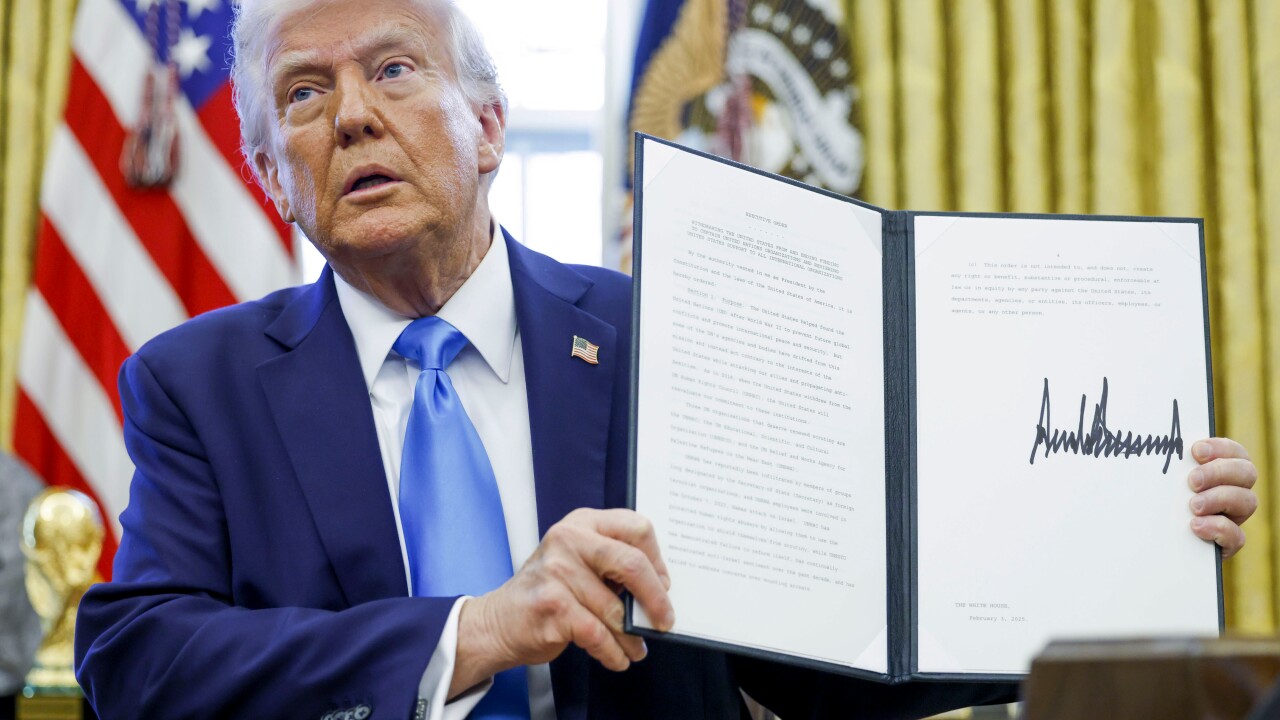Charter One Financial Inc. is seeking a patent on software it developed that makes it easier and faster for people to move their deposit accounts to the bank.
The software, called One Switch, is essentially an online form a customer or branch employee can use to send new account information to the companies involved in automated debits and credits. It will be introduced this month on Charter One’s Web site and touted at all its branches.
Executives at the Cleveland banking company, which operates in six states, say that consumers often stick with the same institution even when another offers a better deal, simply to avoid the trouble of opening a new account, closing the old one, changing the direct deposit information, and making arrangements with creditors that deduct payments automatically.
One Switch includes pull-down menus that let customers create form letters for insurance companies, mortgage processors, health clubs, and other businesses that receive direct-debit payments. About 25 companies were included in a prototype version, and Charter One plans to use customer feedback to add more, said Michael P. Dobbins, the senior vice president of direct banking.
The software also has multisession capability, so a bank employee can start the process in a branch, and the customer can add contacts or other account information later at home.
Mr. Dobbins said that banks generally do little to help customers switch their automated payments. At most, they offer “uninspiring pamphlets with forms in them” for customers to fill out and send to their contacts, he said.
One Switch automatically generates company-specific letters in Adobe Systems Inc.’s PDF format which the customer can print, sign, and send to the companies.
In the course of developing the list of companies, Charter One contacted the businesses directly and turned up a few surprises, Mr. Dobbins said. For instance, American Express Co. takes account changes only through faxes, so the form letter for Amex includes fax instructions, he said.
Charter One has applied for a “total system and method patent” that would allow the company to license the software to others or prevent them from copying it, Mr. Dobbins said.
Mark Grossi, the executive vice president of retail banking at Charter One, said it aggressively pursues consumer checking accounts, and this is another way to attract more deposits.
“We’re in the banking business. We’re in the business of getting new checking customers,” he said. “We’re interested in beating the competition to the next checking customer.”
The company offers many products services for free to retail accounts, including most checking accounts and online banking and bill payment services, and customers who sign up for EBPP receive $10.
Given all this, Charter One executives wondered why the company was not attracting more new accounts, Mr. Grossi said. A survey was taken, and “the overwhelming No. 1 response we got was, ‘It’s a hassle to change checking accounts,’ ” he said.
Customers are especially reluctant to disturb direct deposit arrangements or automatic payments of their mortgages, newspaper subscriptions, or other expenses using direct debits, he said. “It’s a combination of laziness, hassle, and mistrust that keeps customers from moving to an aggressive bank like us.”
Stephen J. Gresdo, a managing director of the hedge fund Second Curve Capital LLC in New York, said One Switch looks promising. Charter One has “a lot of innovative things going in retail banking,” he said.
Some credit card companies have tried to help users switch pre-authorized charges, “but I’ve never heard of it on the bank side,” Mr. Gresdo said.
He agreed that the inconvenience of dealing with automated debits makes consumers stick with institutions that they would otherwise prefer to leave. “If they’ve got their hook in you because you have three or four things coming out of your accounts, this makes switching easier. It also makes you a ‘sticky’ customer for Charter One.
Mr. Grossi said that he expects competitors to try to develop alternatives, but that Charter One is ready. “Every time you come out with one new way to attract customers, you’d better have three more right behind it — and we do.”





